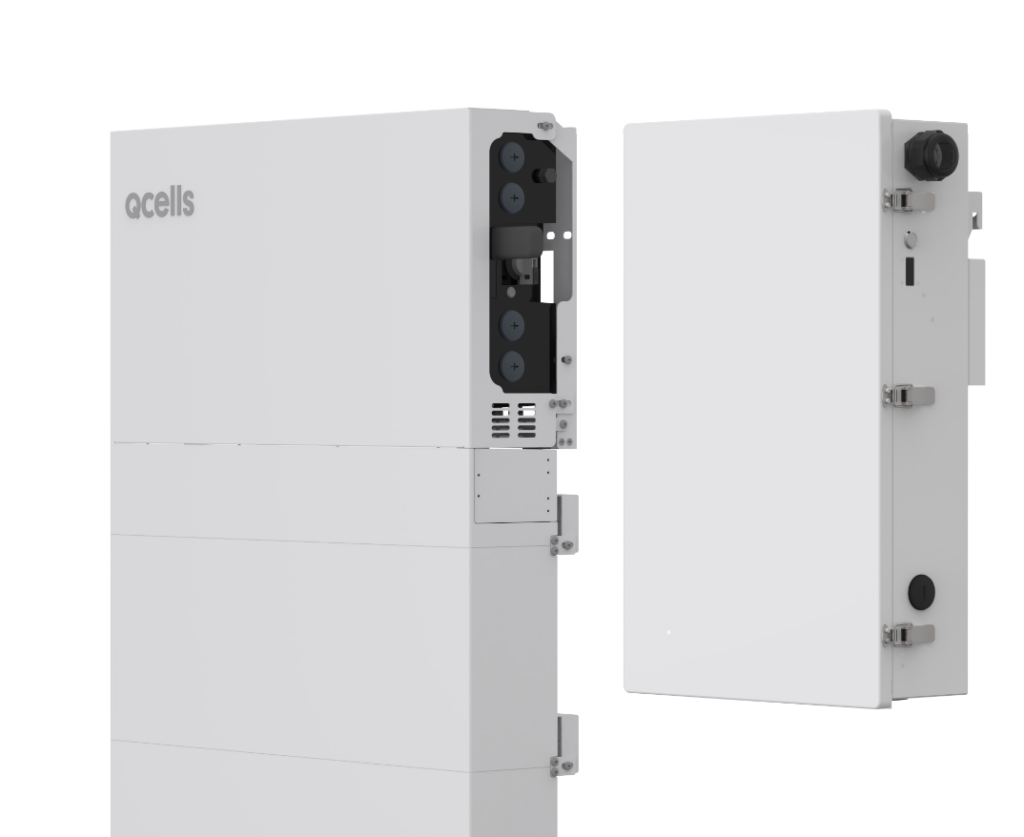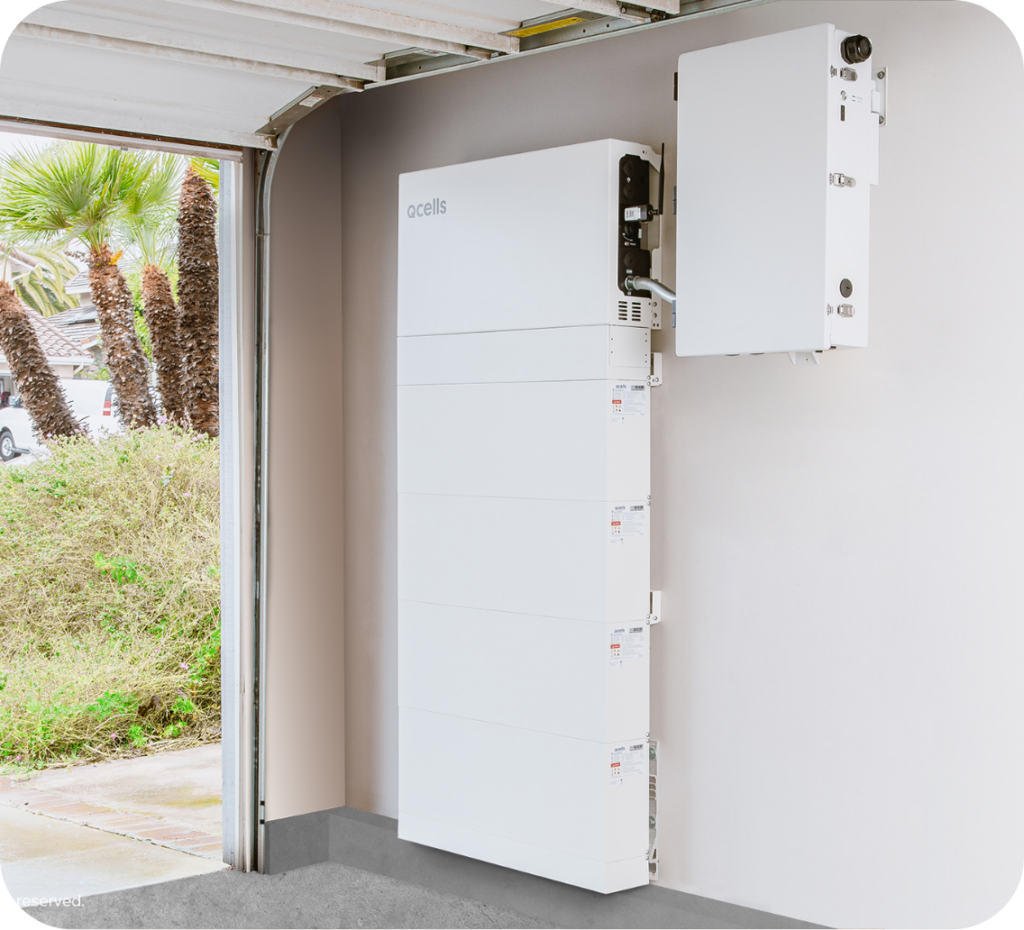Qcells Solar Inverter Systems

What Is The Purpose Of A Solar Inverter?
A solar inverter is an essential part of a home solar system. It converts direct current (DC) power stored in your batteries into alternating current (AC) electricity that’s ready and usable for your household appliances. Most homes are wired for AC electricity, even though solar panels and small wind turbines typically produce DC electricity. This is what makes an inverter an integral component in off-grid and grid-tied solar systems.
Find out what types of inverters are on the market, what they are suited to, and which one you need — then get in touch with an Axia solar advisor to get matched with the right type of inverter based on your individual system design and components. You’ll love how our high-quality solar systems can electrify your life and help you achieve energy independence.
What Types of Solar Inverters Are Available?
There are three main types of domestic solar power inverters. Off-grid inverters convert AC power to DC, using energy from a battery where electricity has been stored. Grid-tie inverters, on the other hand, don’t need batteries because the energy can flow into the home or away from it, back into the grid for other people to use. This type of inverter also means your meter can run backward! And third, hybrid inverters can flow both ways and employ batteries as well as the power grid.

How Solar Systems Help Homeowners Save
The Benefits of the Qcells
Q.VOLT Inverter for Your Solar System
Important considerations for a solar inverter include efficiency, power output, safety features, and monitoring capabilities. One product that stands out in the market is the Qcells Q.VOLT inverter, which is part of the new Q.HOME CORE battery system. The Q.VOLT is a hybrid inverter that:

This inverter ensures your solar system operates as safely and efficiently as possible and may be a worthy investment for your home’s system. Ask an Axia solar advisor if the Qcells Q.VOLT is right for your configuration.
Uses and Benefits of Each Type of Solar Inverter
When you choose a domestic solar system, you’ll most likely select from one of these five options:


Why Go Solar with Axia by Qcells?
Axia Solar is the direct-to-consumer division of Qcells North America, the largest solar manufacturer in the US. Our panels are manufactured here, and all of Axia’s solar components are of the highest possible standard and built to last; solar cells can last between 25 and 30 years, micro inverters also about 25 years, and string inverters between 5 and 10 years or possibly longer.
Solar Inverter Efficiency
Qcells solar power inverters are highly reliable and efficient. They require very little power to convert DC to AC power. Solar inverters can transfer between 93% and 96% of electricity to the home, even on days when light is only at a medium intensity — so you don’t have to worry if you live in a place where the sun doesn’t constantly shine.
Financially, Solar is a Win for Homeowners
No matter which type of system you need, solar is most often a worthwhile investment. At the very least, you can experience welcome savings on your energy bills. But if you have even higher aspirations, today’s solar power systems can make it possible to achieve energy independence, potentially minimizing or even eliminating your power bill!
Solar Saves the Environment, Too
The economic savings of solar are a huge incentive, but capturing power from the sun is an ideal solution for our planet, too, and another great reason to go solar. Of all energy types, solar has one of the lowest carbon footprints. Solar panels can pay for themselves over time in terms of the carbon and energy used to make them — and studies show that “compared with electricity from coal, PV electricity over its lifetime uses 86 to 89% less water…and presents approximately 95% lower toxicity to humans.”
Upgrade Your Energy with Axia
It’s never too late to check out what your solar system could be like. Axia Solar provides Qcells solar inverters, battery storage, EV chargers, and all kinds of solar energy services to homeowners in California and Texas who are looking to reduce their reliance on the grid and upgrade their home energy.
Visit the Axia Solar website here to browse our solar power inverters, and speak with one of our solar advisors to discover which one may be best suited for your home.
